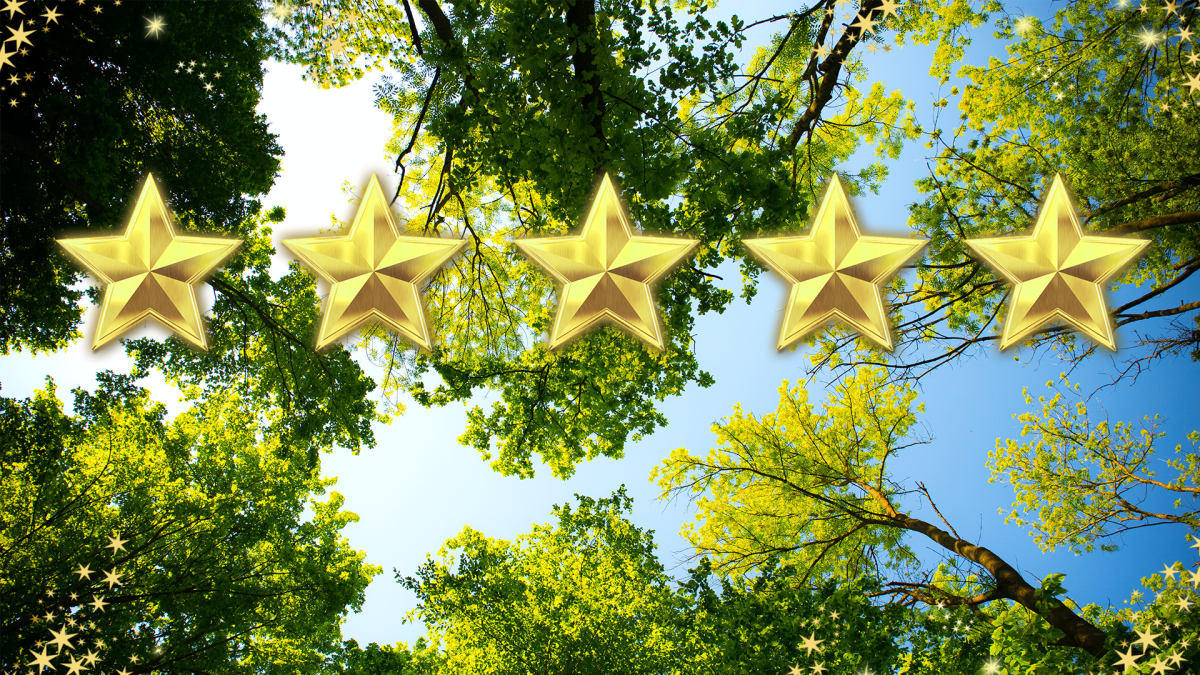You've crash-landed on an alien planet and must find a way to survive with the help of native flora and fauna. Students will document alien life-forms in a field journal and use that information to
Students will use science and engineering practices to design and build a parachute out of everyday items. The parachute must be able to carry a metal washer to a specific target on the ground while
This lesson is designed to create a 3D model and circle graph that will represent where water in different parts of the hydrosphere is located. The purpose is to get students thinking and problem
In this lesson, students will construct an argument supported by evidence for how plants and animals (including humans) can change the environment to meet their needs. There is a story integration
In this activity, students will complete a Web Quest to find the diameter of the Earth, Moon, and Sun AND will observe how the Earth orbits around the Sun and how the moon rotates around the Earth by
This is a culminating project for the end of a Space Science unit. Students will each research a unique star, then work in a group to research the constellation of their star. In groups, students will
This engaging lesson is an introductory lesson regarding the size and scale of the Universe and objects within. This was designed for high school Astronomy but is easily useable with ages down through
An introduction to Kepler's 1st Law and ellipses. The lesson includes some guided notes for students as well as a hands on activity where students will draw, measure, explore, and conduct calculations
This lesson and accompanying activity are designed to introduce students to the celestial coordinate system used for location objects and locations in the sky. This lesson will also introduce students
In this lesson plan, students will embark on a journey to explore and understand the fascinating world of Moon phases. They will begin by sharing their prior knowledge and everyday experiences of Moon
In the lesson plan, students will embark on an exciting engineering challenge as they construct and program their own robot rovers to strategize a mission to the Moon. Throughout the lesson, students
Students will take the rover models they built using LEGOs in Design a Rover Part 1. They will improve on their design in Tinkercad and build a model that will be printed utilizing a 3D printer. Their
A kindergarten lesson focused on helping students ask questions about the stars, the moon, and the sun and how they move in the night sky. Students will participate in a read aloud, begin a KWL chart
In this five days lesson plan or a class project, I used a picture book, "Seeds of Change: Exploring Wangari Maathai's Tree-Planting Efforts". This lesson plan is great for 6th -8th-grade students. In
What are we learning? We are learning about the history of the Mars Rover program and how scientists had to work together to solve problems and make sure the rover landed safely on the Red Planet. We
This 2-Day STEM lesson takes place in a science classroom after students have explored the sun and solar system (including our planet, the moon, and asteroids), and is intended to focus on
This lesson is about Mars and Martian water. It introduces students to the geography of Mars and the various ices found on Mars. This is the 1st lesson in a 2-part series.
In this lesson students will learn about water filtration and how to filter simulated Martian water. Students will build water filters and use the engineering design process. This is the 2nd lesson in
Students will explore the field of astrobiology and the possibility of life on Mars through research, critical thinking, and hands-on activities. Students will design and create a model Martian
Students learn about celestial and transitory objects in the sky while creating a piece of art depicting a constellation. The constellation can be seen during the day by holding it up. It helps
Featured Lesson Plans
Check out these notable lesson plans.

Arizona Animal Crossing
In this lesson, students use the engineering process to solve a real-world problem along the I-10 in Arizona. Students analyze data about roadkill along a particular stretch on the I-10 just outside

Hoop Gliders: Day 4
Students will follow the Engineering Design Process to create a hoop glider out of straws and index cards and explore the forces of flight. Students will work on the 4Cs skills as they work together

Go through different STEM, reading, and writing activities with Roz and her friends in The Wild Robot. Students will problem solve, participate in discussions, and learn about artificial intelligence


